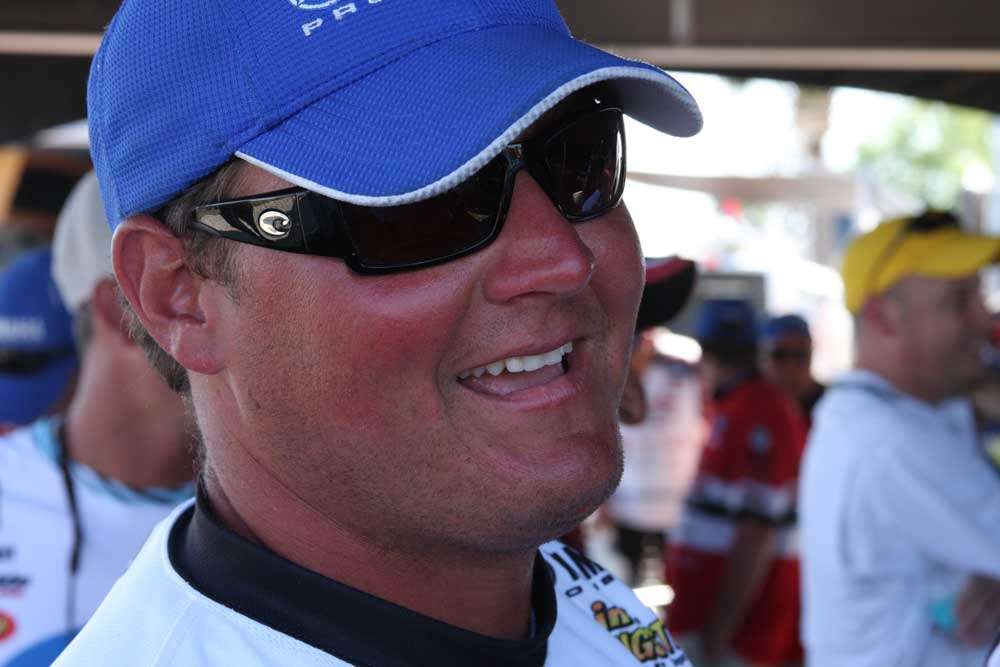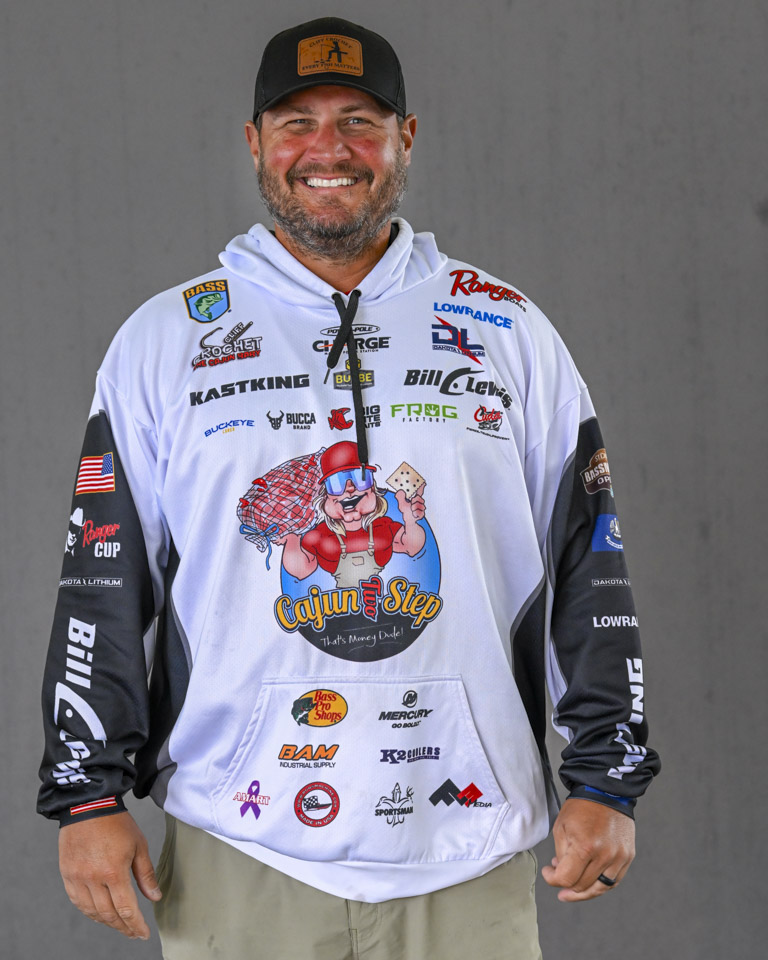
One of the toughest things to do in bass fishing is to catch fish after a cold front — especially after a cold front in the fall. Things often seem to shut down after the weather changes, temperatures drop and we get those high, bluebird skies.
When fishing after a cold front, I rely on three things to get me through and catch some bass.
1. Slow down
After a cold front passes, the first thing I do is slow down my trolling and use my Power-Poles a lot more. Whatever speed you put your trolling motor on for most of your fishing, you'll want to cut it in half after a front. You'll also want to stop and drop your Power-Poles when you get into an area that looks productive.
This does a couple of things for you. First, it forces you be more thorough and make multiple casts to spots that might hold fish. Second, it ensures you'll fish a spot from more than one angle. Either of these changes will get you more bites after a cold front.
2. Find the right pace
Just because I've slowed my trolling motor and started to use my Power-Poles more doesn't mean that I'm slowing my retrieve or presentation. I'll experiment with that until I find what the bass want. If I was catching them with a fast retrieve before the front, I'll keep trying that after the front until they show me they want something different.
Your presentation might have to slow down so much you feel like you're watching the grass grow … or you might be retrieving your bait as fast as you can. Don't assume you have to slow your retrieve just because a cold front has passed. Let the bass tell you what to do.
As a general rule, if the water's really clear I've learned that I usually need to slow my presentation. If it's dingy, I can still work a bait pretty fast. I think the dirty water insulates and protects the fish from the harsh sun after a front.
In dingy water and when I can get away with a fast retrieve after a front, I love to throw a Luck-E-Strike Rick Clunn Square Bill Crankbait. It deflects off cover really well and gets me lots of reaction strikes.
In clear water when I need to slow down, I like a Humdinger Swim Jig. I can work it at a variety of speeds and it's really subtle, which seems to help under the bright skies you usually get after a front.
3. Fish isolated cover
I think isolated cover is always "the deal," but that's especially true after a cold front. It doesn't matter whether you're fishing deep or shallow, wood or grass, clear or dirty water, postfrontal bass are going to be holding around isolated cover.
One of the best things about isolated cover is that you can usually fish it faster and more efficiently than larger cover areas. That's important when you're trying to figure out the bite and when the fishing might be tough.
Don't let cold fronts get you down! If you fish smart and stay with it, you'll catch some bass. Just get out there, slow down, experiment with your presentation and target isolated cover. It works for me.





